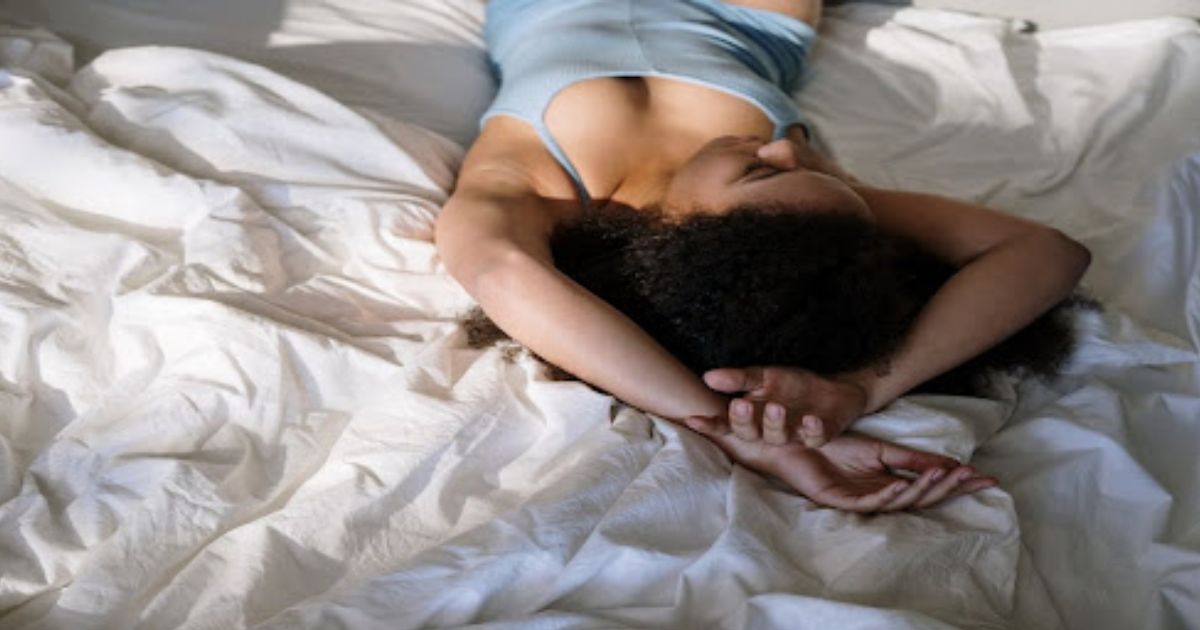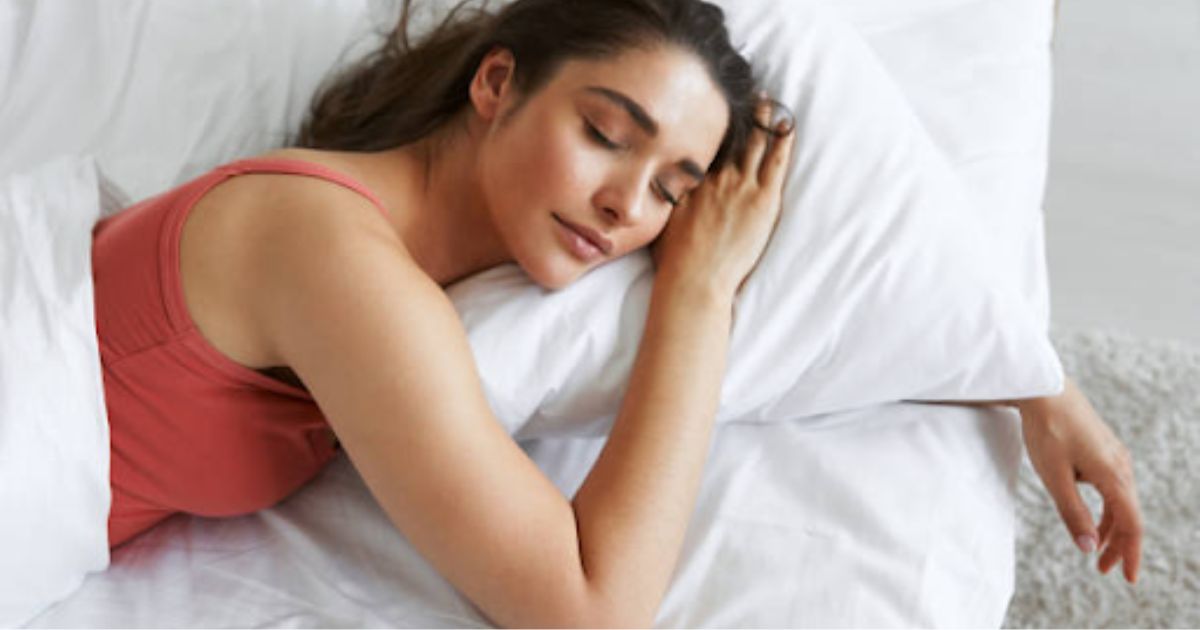Sleep disorders involve issues with the quality and amount of sleep a person gets. Not getting the type of sleep needed can affect day to day life and lead to additional medical problems.
Some familiar sleep disorders that you may have heard of before include insomnia, sleep apnea, and narcolepsy. Even though these are common sleep disorders, there are many more that you may not have heard of, like Periodic Limb Movement Disorder.
What is Periodic Limb Movement Disorder? Periodic Limb Movement Disorder, also known as PLMD, is a lesser known sleep disorder that many are unaware of. It is not as well known since it is more rare and usually its effects are not severe. However, it could still be the cause for your sleep disruption.
In this blog our sleep health experts will give you an overview of Periodic Limb Movement Disorder, including the signs and symptoms, causes, diagnosis, and treatment for this rare sleeping disorder.
First, What is Periodic Limb Movement Disorder? A Sleeping Disorder Explained
Periodic Limb Movement Disorder is a rare sleep disorder where a person suffers from periodic and repetitive movements of the legs and feet during sleep. Common movements include extending the big toe, and slightly bending ankles, knees, and hips.
This sleeping disorder can sometimes affect the arms as well. The jerking and twitching of the lower limbs in a person with Periodic Limb Movement Disorder happen every 5 to 90 seconds for up to an hour, most of which occur during non-rapid eye movement sleep in the first half of the night. These movements usually do not awaken the affected person, but sleep is still disrupted which leads to daytime sleepiness and fatigue.
Does PLMD Cause You To Wake Up?
Since people with Periodic Limb Movement Disorder usually do not wake up despite their movements, they might not even be aware that they have a sleep disorder. A sleeping partner is more likely to notice the movements and bring it to the affected person’s attention.
Periodic Limb Movement Disorder is not the same as restless leg syndrome (RLS). While people with PLMD are unaware of their movements, those with RLS experience an irresistible urge to move their legs while awake. However, Restless Leg Syndrome can affect your sleep health.
Periodic limb movements only happen during sleep, but the symptoms of RLS keep people from falling asleep. These disorders are often confused due to their similar symptoms, so it’s important to know the difference to begin understanding what you may be suffering from.
What Causes Periodic Limb Movement Disorder?
You are probably wondering what causes Periodic Limb Movement Disorder. PLMD can be a primary or secondary disorder. Secondary PLMD is linked to another issue while primary PLMD has no known cause. Secondary Periodic Limb Movement Disorder has many different causes:
- Diabetes
- Iron deficiency
- Sleep apnea
- Spinal cord injury or tumor
- Narcolepsy
- Uremia
- Anemia
- Medication or withdraw from medication
Periodic Limb Movement Disorder can affect people at any age, but is found to affect more older adults than children or young adults. There seems to be no significant difference between the percentage of men and women that have this sleeping disorder.
How is Periodic Limb Movement Disorder Diagnosed and Treated?
Many people with PLMD do not need to seek medical help since the movements don’t have severe effects on their sleep or quality of life. However, some people are so affected by it that they need to seek a sleep specialist for help. To diagnose and treat Periodic Limb Movement Disorder the sleep specialist will likely want to perform an overnight sleep test, also known as a polysomnogram.
This test will track brain waves, heart rate, breathing patterns, and muscle and eye movements. Polysomnograms are an important step to identifying if someone has PLMD and/or another sleep disorder. Once a diagnosis is given, a treatment plan will be put into place.
Treatment Options for Periodic Limb Movement Disorder
If you are diagnosed with Periodic Limb Movement Disorder then there are treatments available. Treatment options for PLMD can include:
Caffeine avoidance. Foods and drinks that contain caffeine should be avoided since they can make the symptoms of PLMD worse.
Treatment of underlying issues. Secondary PLMD may be resolved by treating the underlying condition. A doctor or sleep specialist can help identify and treat a connected issue.
Medications. Several medications are available to treat PLMD. These work by reducing or eliminating the limb movements. Below are common medications prescribed to treat PLMD:
- Dopamine agonists This is the most common medication given for PLMD. It increases the levels of dopamine, which helps regulate muscle movement. A widely used example is the combination of levodopa and carbidopa.
- Benzodiazepines This medication suppresses muscle contractions and is also a sedative to help one sleep through the night. There is some hesitation in prescribing this type of medication since it is known to be addictive. Clonazepam is commonly prescribed to those with PLMD since it has been proven to reduce periodic limb movements.
- Anticonvulsant agents These agents reduce muscle contractions. The most commonly used anticonvulsant for PLMD is gabapentin.
- GABA agonists This medicine stops the release of neurotransmitters that stimulate muscle contractions, giving those with PLMD some relief. The most popular of these agents for PLMD is baclofen.
While treatment might improve symptoms of PLMD, it does not usually completely cure the disorder. This is true for treatment of most sleeping disorders.
How Jacksonville Sleep Center Can Help with Periodic Limb Movement Disorder
If you believe you or a loved one may be suffering from PLMD or another sleeping disorder, the sleep health professionals at Jacksonville Sleep Center are here to help. We understand how frustrating a sleep disorder can be, and we are ready to discuss your sleep concerns with you and get you on the path to a better night’s sleep.
Our team of sleep health experts knows how to distinguish between different sleeping disorders, identify root causes, and lower symptoms. You will no longer have to suffer from daytime fatigue or wonder why you are feeling the way you do.
Contact our sleep experts today to get started.






